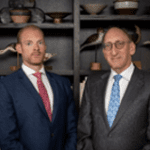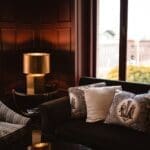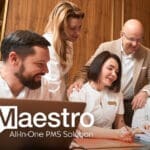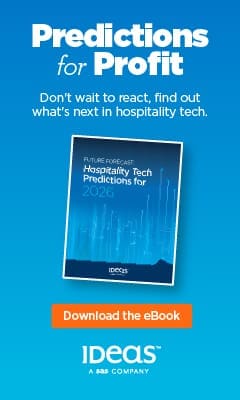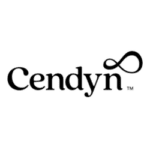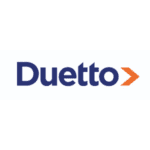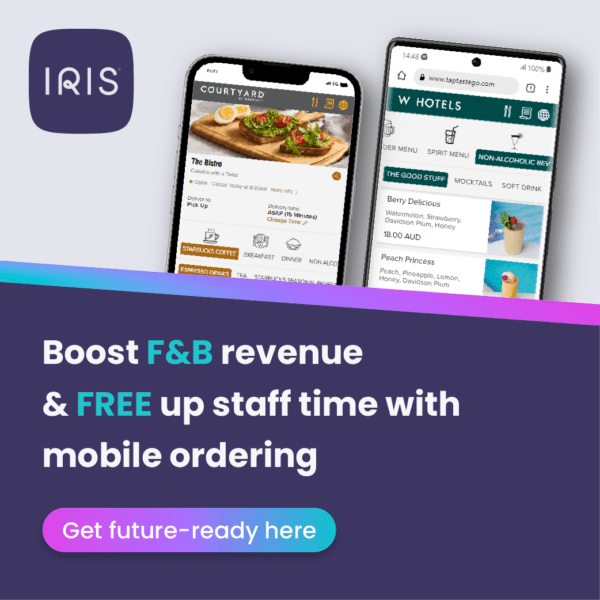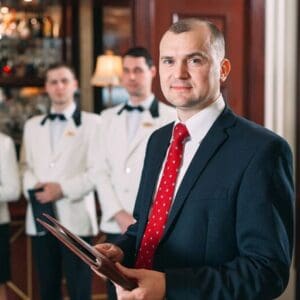Labor, labor, labor. Hotels have struggled on this front before the pandemic, during the pandemic and now the situation has hardly changed. Shortages still exist (as in key markets like New York which will be discussing here) while turnover remains high, and there’s fewer resources available to devote to training and inspiring the next generation of associates.
This makes for a powerful inducement to look to technology to fill the gaps, for which automation is the workhorse, AI gets the buzz and wellness technologies (welltech) are just ramping up. While many hoteliers consider the labor challenges to be the domain primarily for housekeeping and front office, the spa is also an area where automation is needed. This is because spa practitioners are a rare breed; not only do therapists need specific certifications but they must also have a loving, caring disposition which cannot necessarily be taught or trained. One such area where welltech is helping out spa teams is the robo-massage, and this offers a great case study for how to effectively deploy new technologies at a hotel.
As we discussed with Tristina Damico, Director of Spa at iLa Only Spa, the signature spa within Lotte New York Palace, putting a robo-massage unit in one of the treatment rooms has opened the facility to new customer segments who never would have visited the spa otherwise. Contrary to what many industry professionals may think about how these automated services will compete with traditional spa treatments and erode the overall spa experience, this property example demonstrates a myriad of total revenue (TRevPAR) use cases that are worth reviewing so that you have a broader perspective on the future of wellness.

The Lotte New York Palace installation
With 822 rooms and 87 suites, the Lotte New York Palace, a member of Lotte Hotels & Resorts based out of South Korea, looms over Madison Avenue and the gothic revivial icon that is St. Patrick’s Cathedral across the street, providing a true five-star home to countless travelers staying in the heart of Midtown Manhattan. With healthy segmentation, the property’s scale serves everyone from regular corporate clients visiting one of the many nearby office towers and leisure transients to this alpha-tier metropolis to groups both large and small.
Within this hubbub, the iLa Only Spa has seven treatment rooms and sees a consistent stream of appointments throughout its long daily hours of operation (9am to 8pm). Operated by Arch Amenities Group, Damico’s leadership role also involves clustered oversight of other managed spas that includes Spa de La Mer at the Baccarat Hotel. With this vast luxury experience, Damico saw the vision for unlocking new value for Lotte New York Palace by installing the robotic massage built by Aescape, a lifestyle robotics company based out of New York, that could provide a different experience for different guests.
“By looking at a spa treatment menu, a massage may appear to be 60 or 90 minutes on paper, but for the guest it’s actually a far longer time commitment,” commented Damico. “They have to change, put on a robe and maybe shower beforehand. Then because of the oils and creams that the masseuse uses, the guest can’t just throw their clothes back on immediately afterwards and go to a business meeting or lunch. They have to bathe, and often they want to linger first and have a tea to soak in the serene environment. To many of our current clients, a massage morphs into a whole morning or afternoon event. But a lot of people simply don’t have that time, especially in New York, so they’re discouraged from experiencing all the great things at iLa Only Spa.”
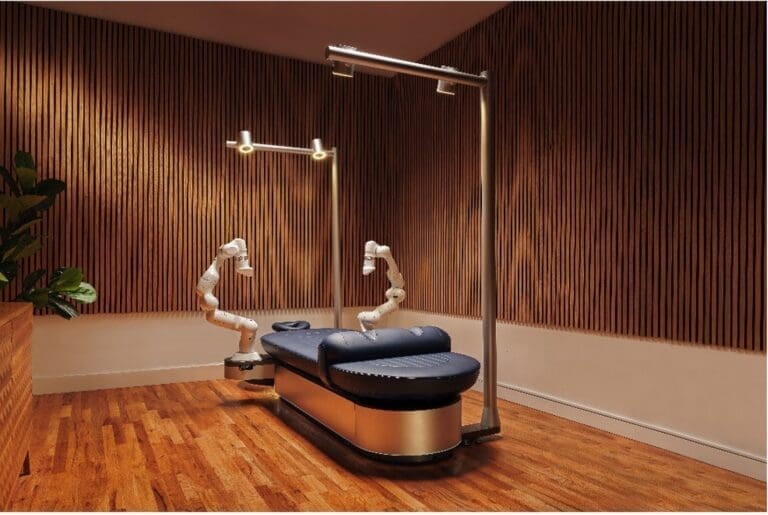
In speaking with Aescape CEO, Eric Litman, this was the precise pain point that set him down the path of founding the company in 2017, and propelled the whole Aescape team to iterate and iterate on the product because they knew there was a huge, untapped market. There are innumerable people who traverse a hotel’s four walls and who want some form of physical and mental reset as provided by massage therapy, but they simply don’t have the time for the full, almost-ceremonial affair that is a ‘spa day’. Funnily enough, this particular use case has been hiding in plain for decades, with the forerunner being the neck and upper back massage offered to casino players so that they don’t have to leave the table and stop gambling.
A robo-massage represents the next step in this evolution, servicing everyone from high-strung corporate executives who want a bit of relaxation between conference calls to couples wanting a quick cooldown after spending the day walking through Central Park and before their dinner reservation. For the iLa Only Spa, Damico installed the Aecape in the treatment room right next to the reception area for easy access. Because there’s no one present in the room, guests can change and put on a special Aescape-designed outfit – no locker room visit required – then play around on the machine’s touchpad to select the massage that best suits their needs.
The age-old clash between labor and automation
Hotels right now are pressed for labor on multiple fronts. Much of this conversation has focused on shortages in housekeeping and guest service, but these issues are perhaps even more critical in the spa where practitioners need both a passion for hospitality as well as formal certification. Hence, for many brands, automated machines and other forms of ‘low-labor, high-tech’ wellness applications are becoming invaluable for generating increased throughput in the spa. After all, what good is a treatment room if there are no professionals available to service clients?
While this wasn’t necessarily the case for iLa Only Spa, as Damico noted, which is able to draw upon the full network of therapists from Arch Amenities Group, there was at first another cultural challenge that had to be overcome – machines taking our jobs, which goes all the way back to the Luddite movement in the early 1800s if not further. However, Damico and her team diligently worked through this age-old fight by sticking to the time-honored practice of being true hoteliers and communicating every step of the way so that everyone on the team felt reassured.
She made it clear that the Aescape wasn’t replacing anyone or taking away any clients; the robo-massage unit would help to open the doors to distinctly new customers and, in a sense, act as a ‘gateway drug’ to help these new customers discover additional therapist-oriented spa services. Another feature that helped convey this and get team buy-in is the fact that locals can have an Aescape account, giving the Lotte New York Palace another niche marketing channel in its arsenal to reach those harried business clients who may only have an hour of spare time each day.
Next, the hotel team also conceived of other ways to augment the spa using this device without introducing labor conflicts. They deduced that the Aescape can be used for error recovery or guest satisfaction protocols. At over 900 keys, it’s not hard to imagine at least one or two guests arriving and their room not being ready, so give them a complimentary robo-massage to pass the time. Or perhaps a guest checks in closer to 7pm after a grueling, transoceanic flight and really wants a massage but no therapist is available. In both cases, the always-on robo-massage can save the day without supplanting any sessions that would have gone to a human masseuse or RMT.
The many use cases for automated and touchless wellness
While the Lotte New York Palace is certainly a trendsetter, the Aescape is scaling fast as other properties and brands are realizing the abovementioned utility. The machine is now in operation at the Kimpton EPIC in Miami, while Four Seasons Hotels & Resorts has just announced a similar partnership. Nor is Aescape the only robo-massage player on the market, with the France-based Capsix Robotics making waves across Western Europe.
In this regard, for urban hotels and spas, the banner of automated or touchless welltech will increasingly become a central part of the brand’s commercial strategy. Due to the hands-off nature of these machines, yet one more example would be a property that considers a spa-independent deployment, like placing a unit in an underutilized part of a fitness facility and making it available on demand for gymgoers.
Comparatively for rural luxury resorts, touchless wellness is presenting itself differently as a form of ‘technology-adjacent therapy’ whereby the welltech is a way to enhance the therapist’s services. The quintessential example of this comes from the ultraluxury Hawaiian hotel, Sensei Lanai, a Four Seasons Resort. This property’s ‘Thermal Body Mapping and Massage’ uses sensors to detect sources of bodily tension for the therapist to then interpret during the treatment and enhance the patient’s physical recovery.
With a hefty price tag and at 2.5 hours in length, this isn’t an experience for those on the go – it’s offered at a resort after all – and yet the proprietary treatment introduces new layers of personalized care as well as appreciation from the ‘techie early adopter’ crowd. Thus, it inevitably serves the same fundamental purpose as the Lotte New York Palace’s partnership with Aescape insofar as unlocking additional value for the spa by opening it to new customer mindsets.
Then there are other leading wellness hotels that are launching fascinating modalities for touchless welltech via what we crudely label as ‘the multiplex operator’ due to their operative similarities with a movie theater technician who can oversee several individual theaters so long as they are sequenced correctly. An incredible example here is the Carillon Miami Wellness Resort with its diverse menu of touchless therapy wellness circuits that bring together the latest in high-tech wellness equipment while combining Eastern and Western medical modalities.
At the Carillon, for instance, a guest partaking in the Sleep Well Circuit would start with a 15-minute session in a room with a Biocharger that balances the body’s voltage, wherein the spa technician sets the room and starts the machine then returns once the time is up. Completing the circuit with similar set-up-then-return staff sequencing would see the guest move to a 20-minute session on a Welnamis, then to another 22 minutes on a V.E.M.I. (an acronym for vibroacoustic, electro, magnetic, infrared), and finally to a Somadome with the guest’s choice of a binaural beat neuron entrainment program. All this is handled by one practitioner who is also available to assist with other guests going through their own circuits, and without any compromise to service quality.
Last to mention is how welltech is finding a home in the guestroom through the evolution of ‘sleep room’ categories that offer touchless wellness amenities for guests to use on their own time and independent of any visit to the spa or other wellness facility on premises. A big focus here has been the advent of high-tech mattress systems like the Bryte Bed (in guestrooms at the Carillon) that can record sleep patterns as well as adjust bed temperature or firmness, while the FreshBed (deployed at the RH Guesthouse in New York) goes a step further by controlling for the bed’s microclimate moisture levels. Then there’s the Waverbed, a flat subwoofer that can be slipped under any mattress and uses vibration therapy to get with rest and recovery.
These and plenty more are all on the market today. Ultimately, in this wild world of welltech that we’re now entering, the point should be obvious that these technologies are not here to supplant traditional spa teams or services but to help hotels maximize the use of their spaces and find new customers, much like how the Lotte New York Palace has done with Aescape. It’s all about unlocking value, and if you happen to find yourself in the Big Apple, it’s worth a visit to the iLa Only Spa to see this future unfold.


